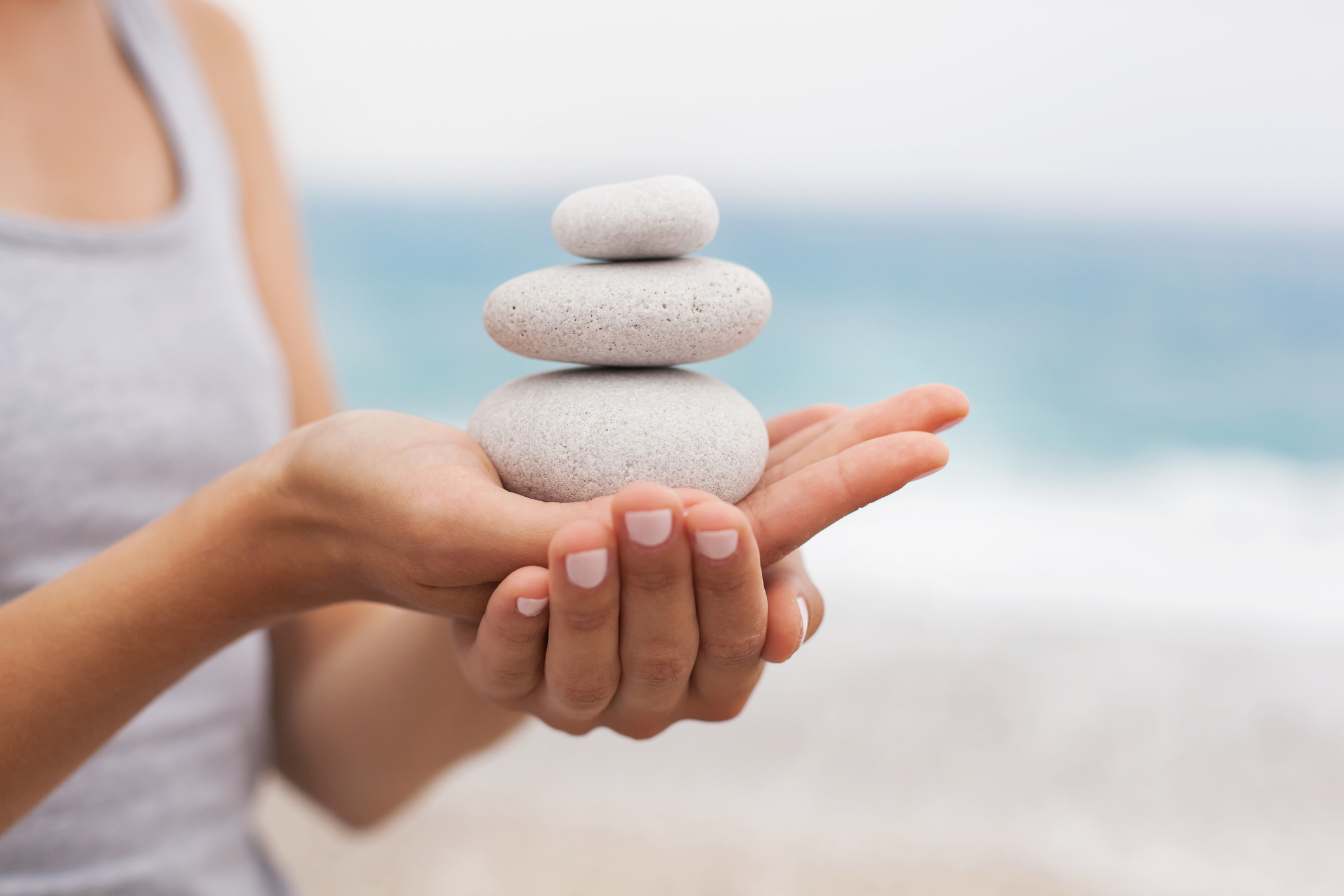
CONTRIBUTED CONTENT — May is Mental Health Awareness Month, a good time to consider the fact that an estimated 48 million Americans are faced with an anxiety disorder and 40.9% of Utah adults report feeling symptoms of anxiety or depression, per the National Alliance on Mental Illness. Moreover, 26.4% of Utahns are unable to access necessary counseling or therapy.

Nervousness from time to time is a common experience and recorded as far back as the 17th century. However, unlike occasional nervous feelings, an anxiety disorder is distinguished by its intensity and frequency. Anxiety is an emotion characterized by feelings of tension, worried thoughts and physical changes, like increased blood pressure.
Past trauma can trigger anxiety. Anxiety is different from fear: seeing a rattlesnake in the wild may cause fear, while worrying about seeing one in the wild is driven by anxiety.
Generalized anxiety disorder was officially recognized by the American Psychiatric Association 43 years ago as a disorder of uncontrollable anxiety or worry that is excessive or unrealistic and lasts one month or longer. Prior to 1980, those suffering in this way might have received a diagnosis of “nerves.” Medical professionals had no specialized training and little understanding, so few people received effective treatment.
Today, anxiety disorders like obsessive-compulsive disorder, panic disorders, phobias or post-traumatic stress disorder are considered a disability. They cause distress and impairment that can seriously affect both quality of life and functioning. Most people with anxiety disorders respond well to treatment, which has advanced significantly in recent years. Unfortunately, only a small portion of those affected receive care.
The following are a few simple tips for dealing with anxiety symptoms:

- Limit activities or time with people who induce anxiety while increasing those things that bring relaxation.
- Take small steps to overcome triggering situations. Avoidance is not always possible.
- Meditation and controlled deep breathing exercises are useful calming tools.
- Balance use of technology or consumption of tabloid news with more relaxing activities that bring peace and happiness.
- Daily routines that include outdoor activities and enough sleep can help create balance and worry-free stability.
- Avoiding negative thinking is a critical tool in reducing worry and anxiety.
There are organizations in Southern Utah, like Family Healthcare, that offer affordable, highly effective treatment for anxiety. If you or someone you care about is dealing with this challenging yet treatable disorder, take steps to reach out to your health care provider as soon as possible for help.
Written by LORI WRIGHT, CEO of Family Healthcare.
Family Healthcare is a registered nonprofit organization providing accessible, high-quality medical, behavioral and dental care to the residents of southwest Utah since 2002. Call 435-986-2565 or visit familyhc.org for more information.
• S P O N S O R E D C O N T E N T •
Resources
- Family Healthcare | Address: 25 N. 100 East #102, St. George | Telephone: 435-986-2565 | Website.
Copyright St. George News, SaintGeorgeUtah.com LLC, 2023, all rights reserved.